
量子效率测试仪
PL/EL一体机
Sinton硅片少子寿命测试仪
Sinton硅块少子寿命测试仪
绒面反射率测试仪
3D共聚焦显微镜
清洗制绒工作站
在线四探针方阻测试仪
全自动扫描四探针方阻测试仪
在线薄膜厚度测试仪
晶化率测试仪
Horiba高速高分辨显微共焦拉曼光谱仪
傅里叶红外光谱仪
霍尔效应测试仪
分光光度计
全光谱椭偏仪
Horiba椭圆偏振光谱仪
TLM接触电阻率测试仪
超景深显微镜
网版智能影像测量仪
全自动影像测量仪
卧式拉力机
电池片稳态光衰老化试验箱
电池片紫外老化试验箱
电池片拉脱力综合测试仪
外观检验台
湿漏电测试系统
组件实验室EL测试仪
紫外老化试验箱
稳态光衰老化试验箱
电流连续性监测系统
PID测试系统
旁路二极管测试系统
LeTID测试系统
反向电流过载系统
脉冲电压测试系统
绝缘耐压测试仪
接地连续性测试仪
绝缘耐压接地测试仪
湿热环境试验箱
湿冻环境试验箱
热循环试验箱
动态机械载荷测试机
静态机械载荷测试机
冰雹冲击试验机
引出端强度试验机
霰弹冲击试验机
抗划伤(切割)测试机
剥离试验机
万能材料试验机(单臂)
万能材料试验机(双臂)
光伏玻璃透过率测试仪
醋酸测试试验箱
交联度测试系统
二极管接线盒综合测试仪
落球冲击试验机
半自动四探针
全自动探针式台阶仪
复合式LED模拟器
多通道太阳能MPPT系统
LED模拟器光浴
Horiba高灵敏一体式稳瞬态荧光光谱仪
钙钛矿P1激光划线测试仪
钙钛矿在线膜厚测试仪
钙钛矿工艺检测工作站
手持式IV测试仪
便携式EL测试仪
手持热成像测试仪
户外组件IV测试仪
户外组件多通道测试系统
光伏逆变器电能质量测试仪
无人机EL检测仪
论坛回顾|深耕0BB技术,共筑光伏产业新篇章
日期:2024-08-16浏览量:5
8月15日,美能光伏受邀参展了由光伏行研在无锡假日酒店举办的一场聚焦于“0BB无主栅电池组件及设备产业链”的前沿技术论坛。此次盛会汇聚了光伏领域内众多知名品牌与专家,共同聚焦并深入探讨了0BB无主栅技术的最新突破与发展趋势。在当前N型电池技术日新月异的大潮中,0BB技术以其显著降低银耗的独特优势,成为行业瞩目的焦点。
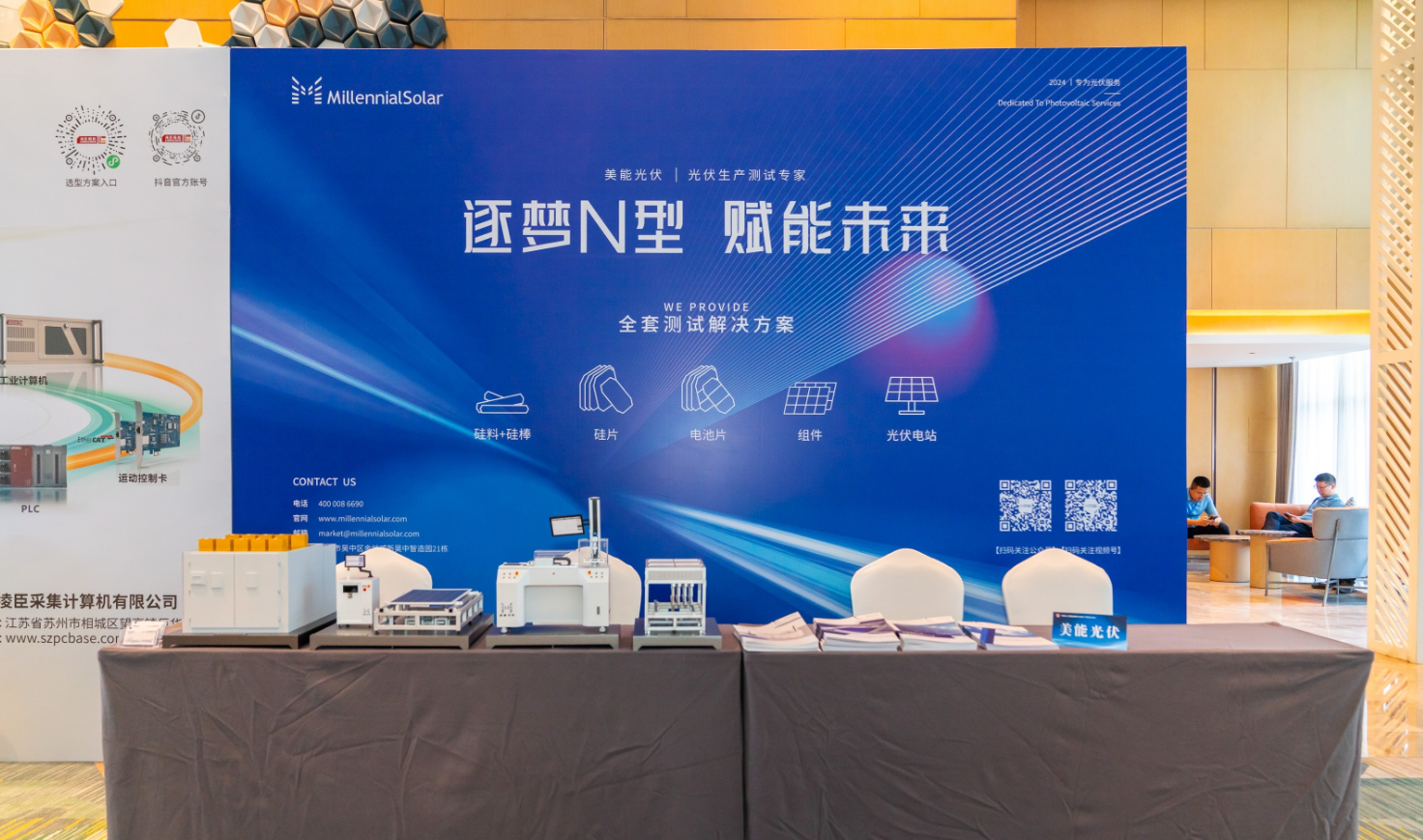
美能光伏在论坛上积极分享了其在0BB无主栅技术领域的专业见解。此次参展,我司不仅加强了与产业链上下游企业的交流合作,还进一步巩固了其在光伏检测领域的领先地位。
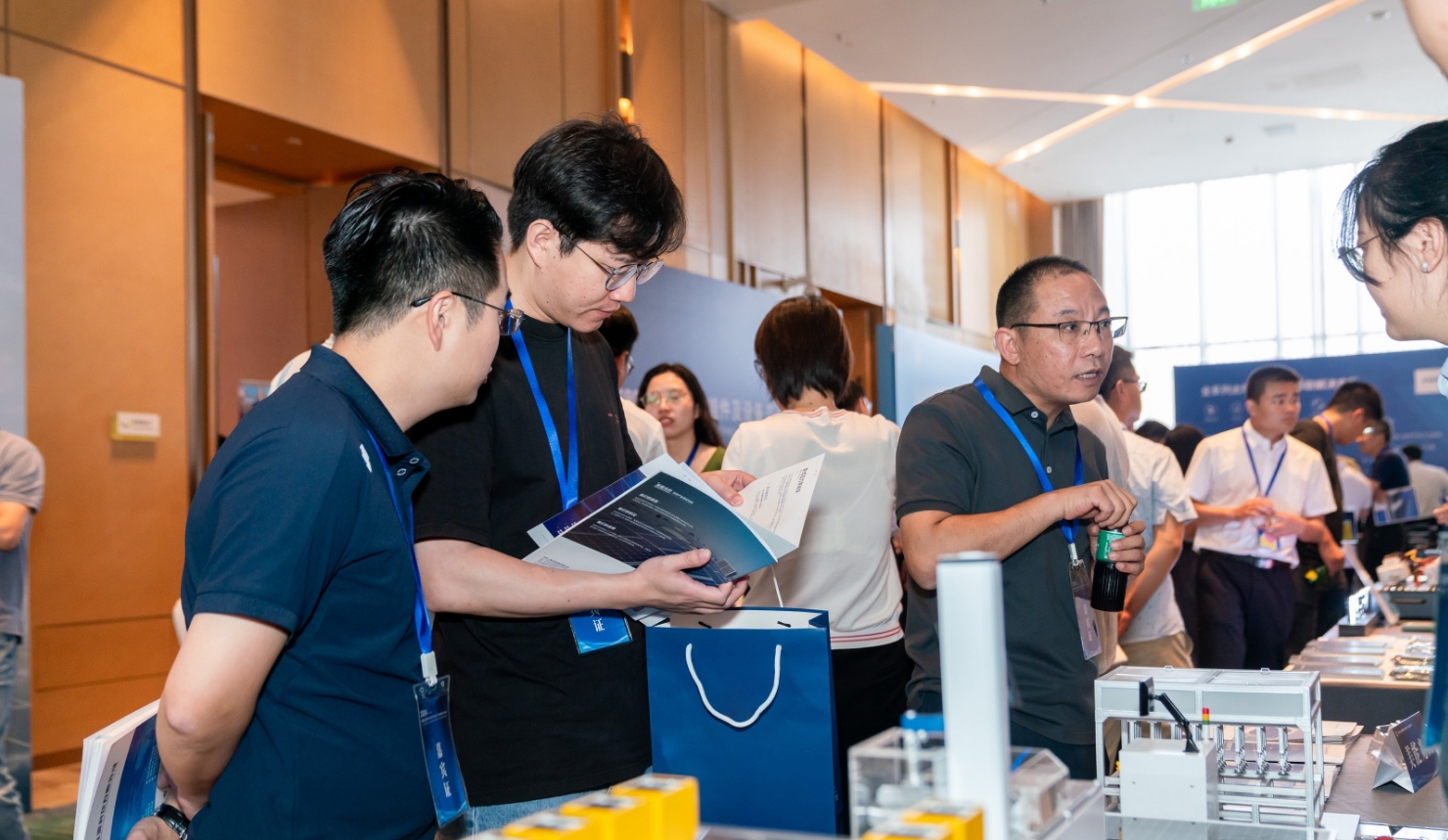
在本次展会论坛上,我司四款精密检测设备:动态机械载荷测试仪、静态载荷试验机、拉脱力综合测试仪、紫外老化试验箱全面亮相于展会现场。鉴于0BB无主栅技术已成为光伏行业降本增效的重要方向,我司所展示的检测设备能够针对该技术需求,提供精准、高效的检测解决方案。

美能动态机械载荷测试仪
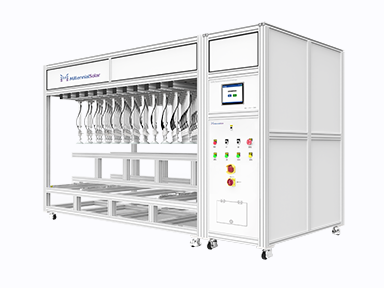
联系电话:400 008 6690
「美能动态机械载荷测试仪」ME-PV-DML 84通道压力传感器控制,每个气缸单独控制;吸盘间距可调,万向结构,保障组件表面受力均匀,高精度可编程直流电源监控组件内部电流连续性。
n载荷施加方式:气缸带动吸盘压合吸;
n可安装多达84(12*7)个气缸,每个气缸单独控制;
n测试系统压力,拉力,保持时间,循环测试,循环频率,电流大小可以预先设定;
n测试系统可记录和存储测试过程中的正向压强,反向压强,形变,温度,循环次数,电流值。
美能静态载荷试验机
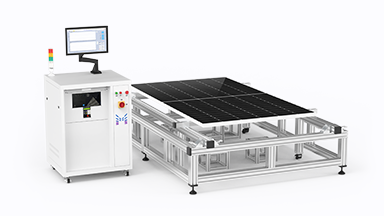
联系电话:400 008 6690
「美能静态载荷试验机」ME-PV-SML是确定地面用光伏组件经受风、雪或覆冰等静态载荷的能力通用检测平台。静态载荷测试,为了验证生产的太阳能组件的可靠性,并确保其能够承受不同的力和天气条件。
n方案采用模块化设计,用户可根据需要进行器件的选购和集成;
n 配备监控仪,可监控组件的电流可实时记录,实时曲线,电流降低可报警,导出数据;
n形变测试仪,测试组件形变;
n便携式沙袋结构,方便搬运;
n铝型材架构,方便拆卸、安装;
美能拉脱力综合测试仪
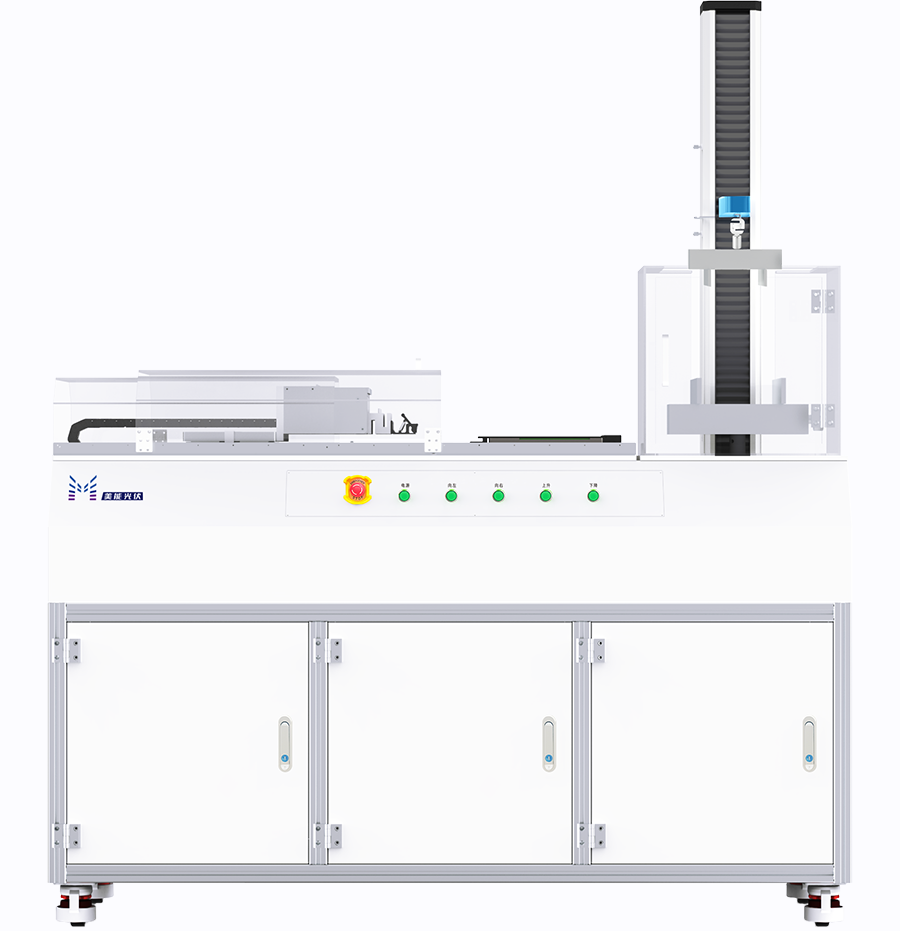
联系电话:400 008 6690
「美能拉脱力综合测试仪」ME-CELL-CTT根据光伏行业研发的,专用于光伏行业硅晶片、硅料、电池组件等相关产品的剥离力、抗拉强度等测试的专用测试设备。本设备为卧立式一体电池片测试仪同时兼具卧式 180° 剥离强度测试和立式电池片弯曲测试。
n卧式测试模块可达到28个传感器同时使用
n立式测试模块可用于成品电池或材料的拉伸压缩、弯曲等试验
n符合CB/T16491-2009,CB/T16491-96与JB/T17797-95 国家标准。
美能紫外老化试验箱
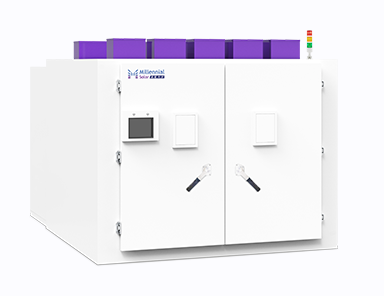
联系电话:400 008 6690
「美能紫外老化试验箱」通过模拟不同光照情况来监控电池片在光照下产生的变化,可用于光伏电池片产品开发和质量把控或评估电池片组成后耐用性的变化试验。
n辐照面积:800×800mm(可定制);
n光强范围:200~1000W/㎡(可定制);
n光谱范围:280~400nm;
n不均匀性<15% ,
n配备独立系统,可单独调节各只光源辐照强度和整体辐照强度
随着全球对清洁能源需求的持续增长,光伏行业将迎来更加广阔的发展空间。0BB无主栅技术作为光伏技术创新的重要方向之一,将在推动行业降本增效、提升竞争力方面发挥越来越重要的作用。
美能光伏将继续秉承创新引领、合作共赢的发展理念,不断加大在0BB无主栅技术领域的研发投入,努力突破技术瓶颈,推动技术升级与产品迭代。同时,公司还将积极寻求与产业链上下游企业的合作机会,共同构建开放、协同、共赢的产业生态体系,为光伏行业的可持续发展贡献力量。






































































